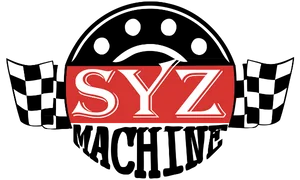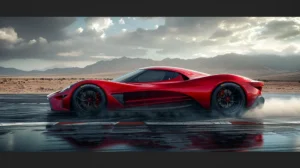What Are Rod Ends?
Rod ends, full name rod end bearings, also known as heim joints (in North America) or rose joints (in the UK), are mechanical articulating joints used to accommodate angular misalignment in linkage systems. Their design includes a spherical bearing inside a housing, which can be threaded male or female. This configuration allows them to rotate and pivot under heavy loads, making them vital in precision motion systems, especially in vehicles and machinery.
Originally developed during World War II for aircraft control systems, rod ends quickly found their way into motorsports, industrial machinery, and agricultural equipment. Today, their versatility makes them indispensable in applications demanding both flexibility and durability.
Common Materials
- Chromoly Steel: High strength, often used in racing and off-road applications.
- Stainless Steel: Corrosion-resistant, ideal for agricultural and marine environments.
- Carbon Steel: Cost-effective option for general industrial use.
- Aluminum / Titanium: Lightweight materials for performance vehicles.
Vehicles That Use Rod Ends
Off-Road Vehicles
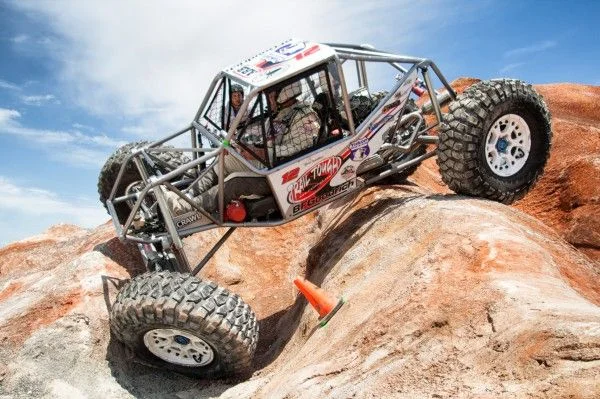
Rod end bearings are essential in off-road vehicles for maximum articulation and structural integrity in harsh environments.
Rock Crawlers
Heim Joints are used in suspension links, panhard bars, and steering systems to handle extreme misalignment and flex on rocky terrain. Large-diameter chromoly rod ends are common.
Dune Buggies
Dune buggies use rod end bearings in control arms and steering rods to maintain stability while traversing shifting sand and high-speed terrain.
UTVs (Side-by-Sides)
UTVs employ heim joints in A-arms, tie rods, and trailing arms to manage both load and mobility in utility and sport conditions.
Motorcycles
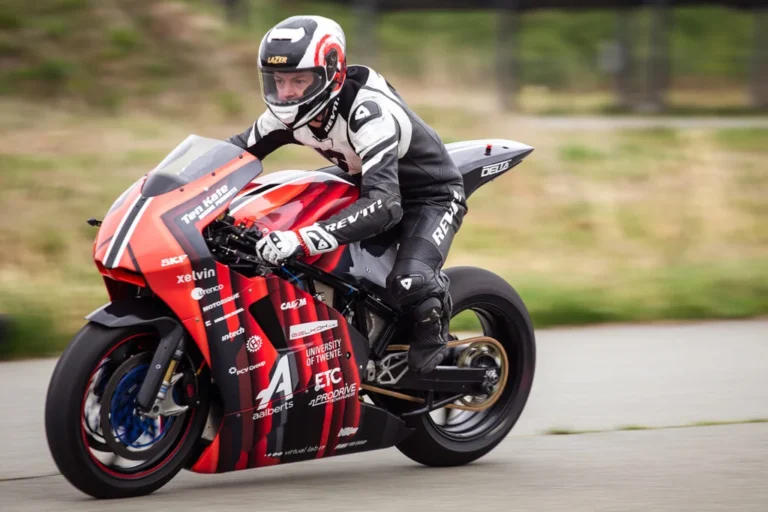
In motorcycle engineering, rod ends provide compact articulation in tight assemblies.
Racing Motorcycles
Used in rearset assemblies and gear shift linkages, rod end bearings ensure crisp, reliable shifting under high vibration.
Off-Road Bikes
On dirt bikes, heim joints appear in suspension pivots and linkages to absorb off-road shock without sacrificing control.
Custom Builds
Custom motorcycles often use rod ends in handmade suspension systems or linkages to enable unique geometry and styling.
Racing & Performance Cars
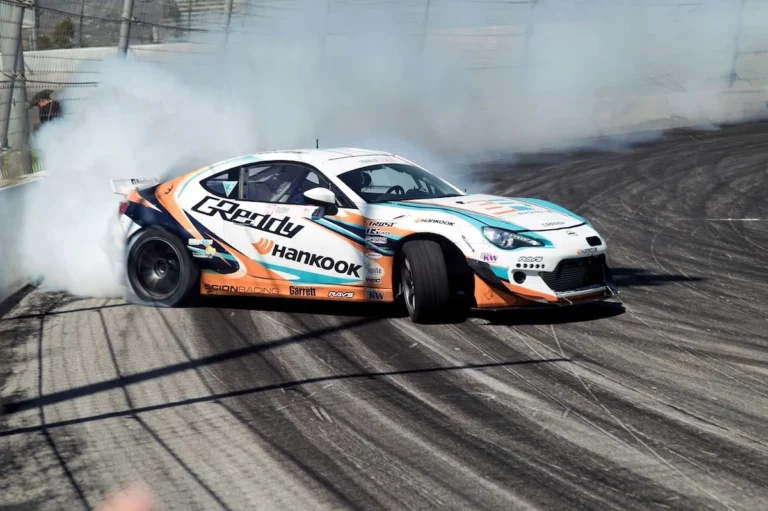
Rod end bearings are a staple in the tuning and motorsports world for adjustability and high-stress endurance.
Track Cars
Rod ends allow precision camber and toe adjustment in double-wishbone and multi-link suspensions.
Formula Cars
Formula cars use titanium or chromoly heim joints in push rod suspensions, anti-roll bars, and steering components.
Drift Cars
Adjustable heim joints control toe arms, caster rods, and knuckle angles—essential for initiating and holding drifts.
Dragsters
Rod ends are used in wheelie bars, 4-link rear suspensions, and throttle linkages for strength and precision.
Trucks & Heavy-Duty Pickups
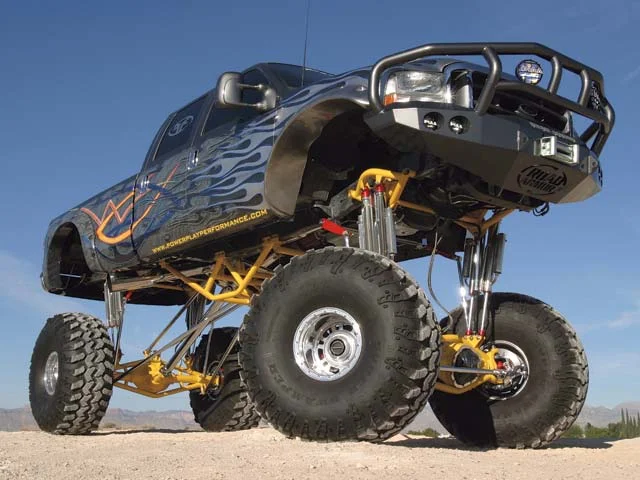
These vehicles use rod ends to manage heavy loads and aggressive articulation from lifted geometry.
Lifted Trucks
Rod ends serve in control arms, panhard bars, and steering drag links to accommodate increased ride height and travel.
Baja Race Trucks
High-performance off-road race trucks use oversized rod ends in all suspension pivots to withstand desert racing punishment.
Overland Rigs
In expedition vehicles, heim joints provide long-range durability in custom long-travel suspensions.
Agricultural Machinery
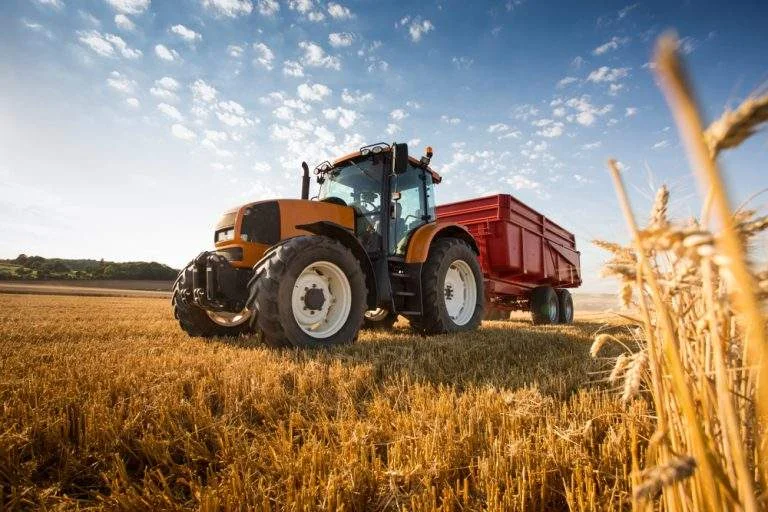
Rod ends are commonly used in agricultural machines for steering and hydraulic movement.
Tractors
Heim Joints connect steering linkages and hydraulic cylinder heads, accommodating uneven terrain motion.
Tillers
Tilling equipment uses rod ends in adjustable arms and linkages for leveling and vibration resistance.
Planters
In planters, rod end bearings help control alignment mechanisms and seed placement linkages under variable field conditions.
Construction Equipment
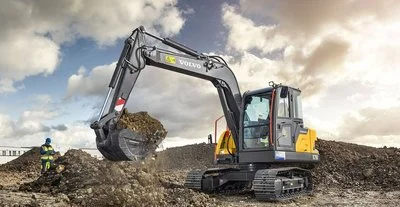
Heavy-duty rod end bearings are needed in construction machinery for misalignment and articulation under weight.
Excavators
Heim joints link hydraulic cylinders to booms and buckets, allowing flex and extension in multiple axes.
Bulldozers
Used in ripper linkages and lift arms, rod end bearings endure immense push and pull forces during grading and clearing.
Loaders
Rod ends in loaders manage pivot points in arms and buckets where angular motion is constant.
Commercial Vehicles
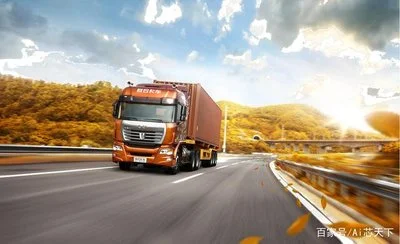
Though not as performance-focused, commercial vehicles require rod end bearings for steering safety and load compensation.
Delivery Vans
Used in steering linkage and sway bar ends, rod ends improve directional control in daily operation.
Logistics Trucks
Heim joints handle suspension and chassis movement under dynamic loads, contributing to durability and comfort.
Recreational Vehicles
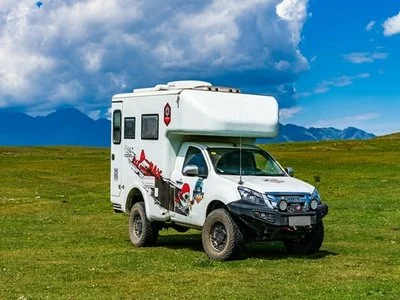
Rod end bearings enhance comfort and reliability in long-distance recreational transport.
Off-Road Campers
In off-road camper trailers, rod end bearings are used in independent suspension systems and towing linkages.
Motorhomes
Rod ends appear in sway bars and stabilizer links to minimize roll and maintain ride quality on the highway.
ATVs / Quad Bikes
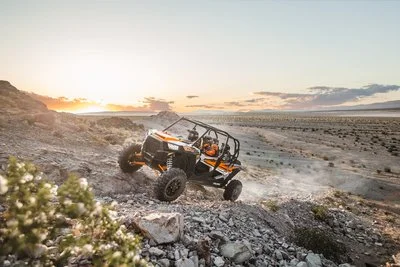
Compact, sealed rod ends are used in tight spaces with rugged expectations.
Utility ATVs
Heim joints in suspension arms and steering shafts provide flexibility and reliability on muddy, rough trails.
Racing Quads
Lightweight aluminum rod ends are preferred for fast articulation in competitive racing conditions.
Motorsport Utility
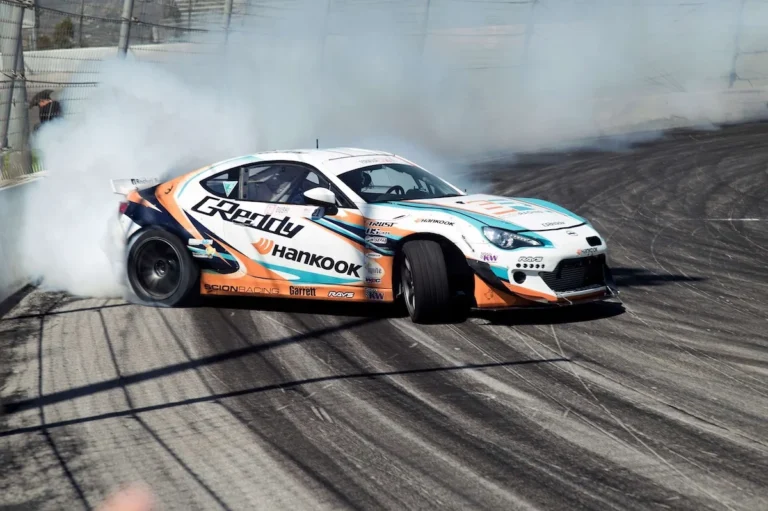
This category includes high-performance vehicles built for competition and versatility.
Rally Cars
Heim joints manage high-impact motion in sway bars, control arms, and steering racks across changing surfaces.
Ultra4
These vehicles combine rock crawling and high-speed desert running. Rod ends are used throughout four-link suspensions.
Autocross
Rod end bearings allow precise, repeatable suspension adjustments in toe links, camber rods, and end links for time attack precision.
Rod ends are a universal component across vehicle platforms—offering controlled articulation, load endurance, and adjustability. From racing machines to farm tractors, heim joints remain a core piece of the performance and reliability puzzle.

